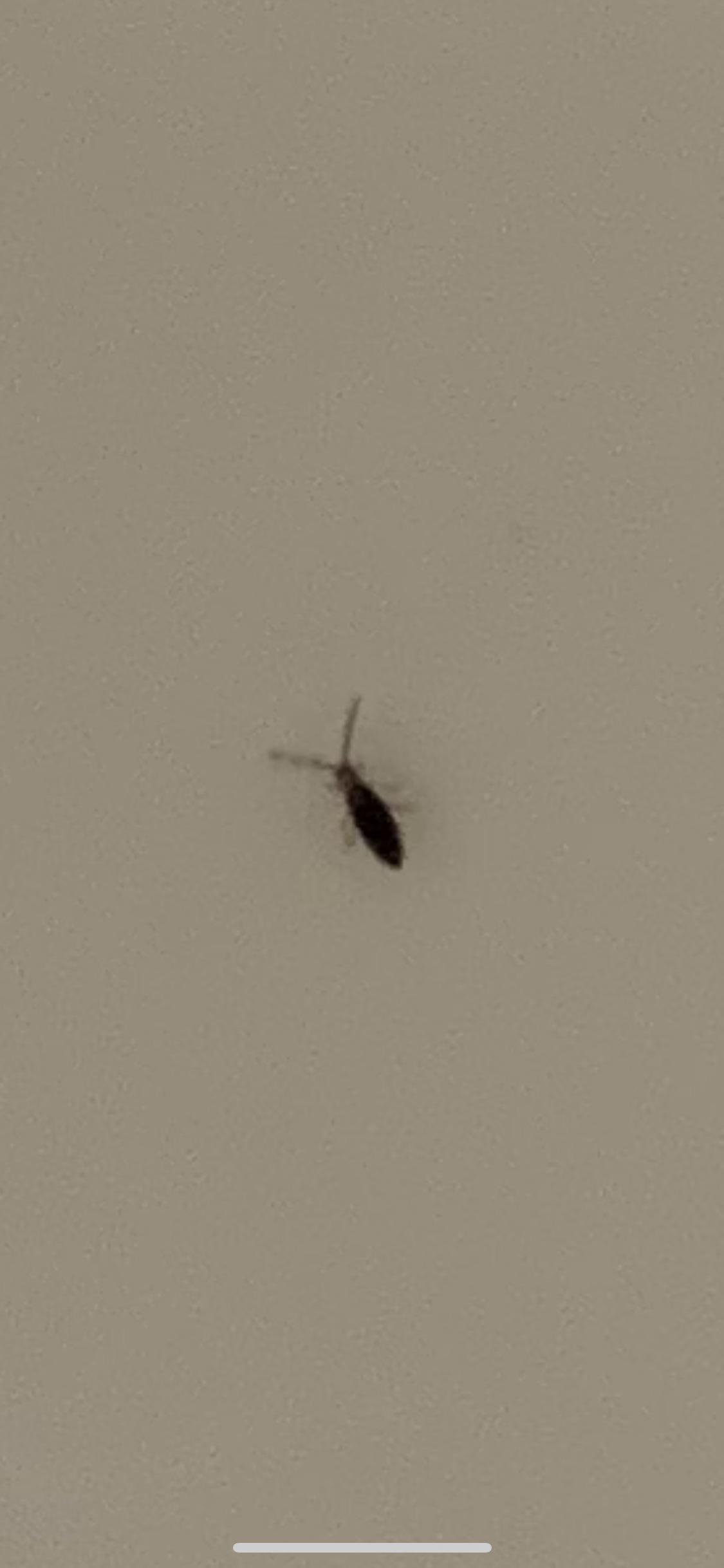Discovering tiny black bugs in a shower typically indicates a moisture-related pest issue. These unwelcome visitors are generally attracted to the damp conditions and organic matter commonly found in bathroom environments.
Identifying Common Shower Bugs
- Drain Flies (Psychodidae): Often called moth flies or sewer flies, these are small, dark insects with fuzzy, moth-like wings. They are weak fliers and are frequently observed resting on walls or near drains. Drain flies breed in the gelatinous slime that accumulates in drains, P-traps, and overflow pipes, feeding on the organic material within.
- Springtails (Collembola): These are minute, wingless insects. They derive their name from a forked, tail-like appendage (furcula) that allows them to jump when disturbed. Springtails thrive in extremely damp environments and consume mold, mildew, and decaying organic debris. They may be found in damp grout, beneath loose tiles, or near persistent moisture sources.
Causes of Infestation
The primary factors contributing to the presence of tiny black bugs in showers include:
- Excessive Moisture: Constant dampness resulting from inadequate ventilation, slow-draining water, leaks, or persistent condensation creates an ideal breeding habitat.
- Organic Debris Accumulation: Hair, soap scum, body oils, and other organic materials that build up in drains and on shower surfaces serve as a crucial food source for these pests.
- Mold and Mildew Growth: These fungi flourish in moist settings and provide a food source for certain shower pests, especially springtails.
Effective Control and Prevention Strategies
Addressing an infestation requires eliminating the existing bugs and rectifying the conditions that attract them:

- Thorough Drain Cleaning:
- Routinely pour boiling water down drains to help dislodge and flush away buildup.
- Employ a stiff drain brush to physically scrub the interior surfaces of drainpipes.
- A mixture of baking soda and vinegar, followed by a hot water rinse, can assist in breaking down organic matter.
- Enzyme-based drain cleaners are effective for digesting organic waste and are generally safe for plumbing.
- Moisture Reduction:
- Ensure adequate ventilation by operating an exhaust fan during and for at least 20-30 minutes after showering, or by opening a window if feasible.
- Wipe down shower walls, doors, and the shower floor after each use to remove standing water.
- Promptly identify and repair any leaking faucets, showerheads, or pipes.
- Regular Shower Cleaning:
- Frequently scrub tiles, grout lines, and shower fixtures with appropriate bathroom cleaning agents to remove soap scum and inhibit mold and mildew development.
- Clean or replace shower curtains and liners on a regular basis.
- Sealing Entry Points:
- Inspect and seal any cracks, crevices, or gaps in grout, around tiles, or where pipes and fixtures meet the wall/floor using an appropriate caulk. This eliminates potential hiding places and entry routes.
Note: Consistent moisture control and diligent cleanliness are fundamental for long-term prevention of shower pests. If infestations persist despite implementing these measures, it may indicate a more substantial issue, such as a hidden leak within walls or beneath the floor, or a more widespread pest problem, potentially requiring consultation with a professional pest control service.









